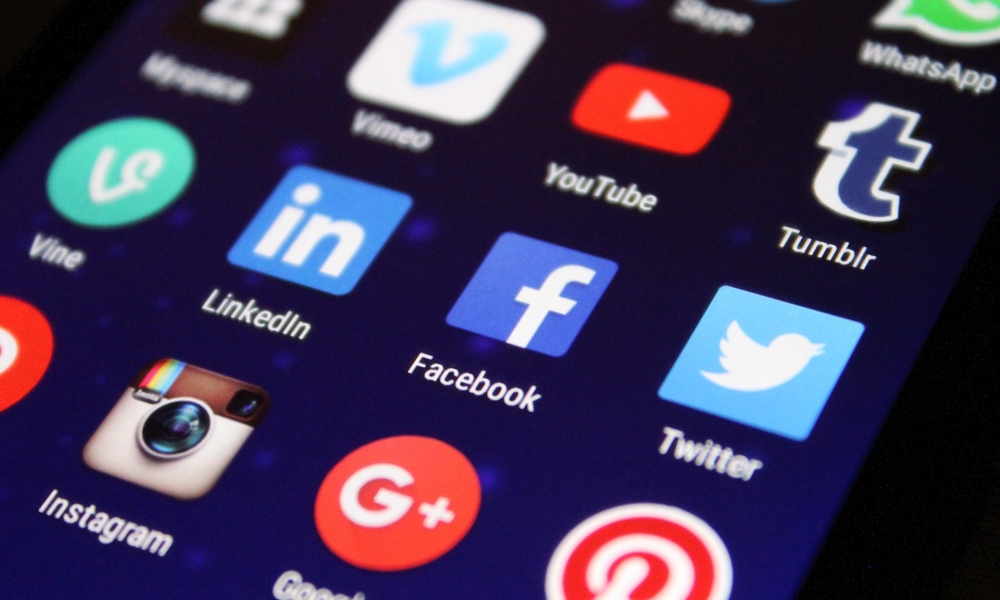There was a time when our internet resembled the American economy of the historic Western frontier: unregulated, vast in opportunities and untouched by large firms. The world wide web was new and cyberspace was, for the most part, overloaded with useless information. “Chances are if you search for an item even with a very good search engine, most of the results you get will be irrelevant,” said Kate Delhagen, a research analyst at Forrester Research of Cambridge, Massachusetts in 1997.
Like the early oil industry that grew throughout the 1800s, the industry players populating the early internet were chaotic in nature and short in lifespan. AOL, Netscape, Myspace and ICQ were all household names one moment and seemingly gone the next. It was the belief that the speed of the internet had rendered any competitive advantage transient. One needed to be agile, and becoming big was a liability. Such belief prevented the public from noticing the creeping growth of a search engine (Google), a bookseller (Amazon) and a social networking site (Facebook).
Today these monopolies dominate the internet, just as the late 19th-century US economy came to be dominated by single players in oil, steel and tobacco. And, just like then, these huge companies are facing calls to be dismantled to protect consumers and other businesses from their power. Yet there’s another concern threatening the US economy that provides a more pressing reason for breaking up the tech giants that didn’t exist during the first major round of trust-busting: the rise of competition from China.
The last time the American technology sector faced such a threat was in the 1980s, when major companies such as Westinghouse, Fairchild and RCA were increasingly under attack from their Japanese counterparts. But it wasn’t these wounded giants who fought back and restored the American economy. It was the next generation of entrepreneurs, hailing from Silicon Valley, that helped the US scramble back up to the leading position in the information age.
Japan wasn’t able to respond to these new players because its banking system and government regulations have historically favoured large firms. Sony, Toshiba, Sharp and many others were once disruptive, but the country relied too heavily on a single generation of successful companies. An economy that depends on a handful of big firms essentially consigns a country’s outlook to a handful of CEOs. And, inevitably, big firms can only be disruptive once.
Celebrated physicist Geoffrey West once observed that cities exhibit superlinear growth, meaning that as a city gets bigger, every person there becomes more productive. However, companies exhibit the opposite trend. Companies are nearly always killed by bureaucracy and administration crowding out creativity and innovation. Because, inside a company, “someone has got to take care of the taxes and the bills and the cleaning the floors and the maintenance of the building and all the rest of that stuff”.
Which is why, in the aftermath of the breakup of Standard Oil in 1911 into what became Exxon, Mobil, Chevron and other spinoffs, the value of what had been Standard Oil doubled within a year and then increased five-fold in the following few years. And, as with Standard Oil before its breakup, each internet giant’s ability to innovate has already been hampered by its size.
The internet is no longer led by the US alone. As digital applications spread into transportation, aviation, healthcare and energy, China is leading specific areas in artificial intelligence, advanced robots and e-commerce.
Chinese innovation
When I visited Shenzhen in China in 2018, a manager at telecoms giant Huawei explained to me that much of the city’s infrastructure will soon be digitised and that the company will saturate it with a 5G network. This will solve many speed issues and latency problems for computers using that network. As a result, the amount of computing power needed inside a driverless car, for instance, will be massively reduced. That computing power can be offloaded onto the city’s infrastructure by way of the next-generation networking system.
This is a radical vision, very different from that of Intel in California, which is also hoping to dominate the market for driverless car technology by developing more powerful microchips to install in vehicles. Huawei’s idea for connected cars will directly undermine Intel’s strategy, in China and beyond.
This kind of example shows why the US urgently needs to unleash the next wave of disruptors. Google may speak about moon-shot ambition, but its Waymo self-driving car firm has yet to gain commercial traction. Apple may speak about its technological prowess, but it is only seeing its revenue decline and its Chinese position unseated. Facebook may speak about virtual reality as the next user interface, but it can’t even rid its newsfeed of fake news. There is a ceiling on how fast the internet giants can innovate.
Some observers may see the answer as unleashing another wave of open-source software that anyone can use or adapt to restore the internet’s former innocence and dynamism. But in the race of artificial intelligence and Internet of Things smart devices, where China is becoming a formidable rival, the US needs a more powerful shot in the arm to revive its innovation prowess. And if history is a guide, it’s time to break up the giants.

